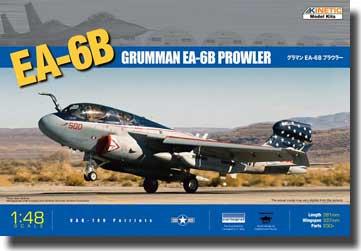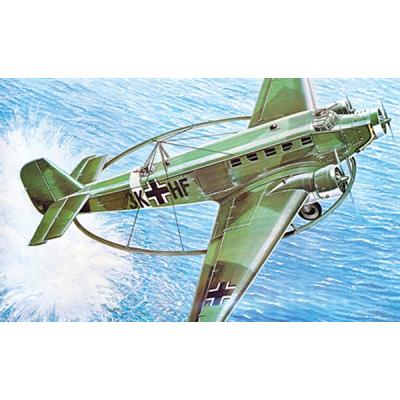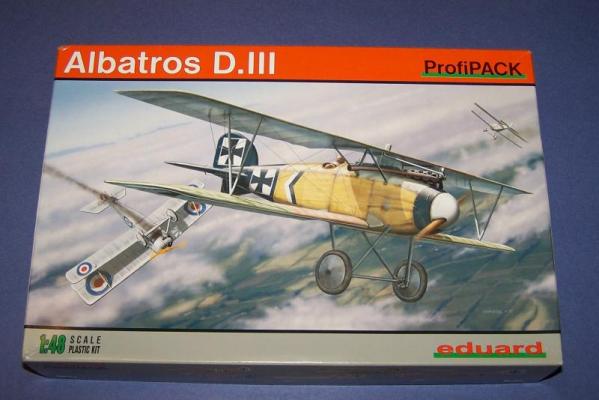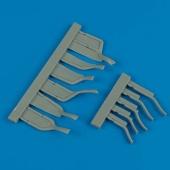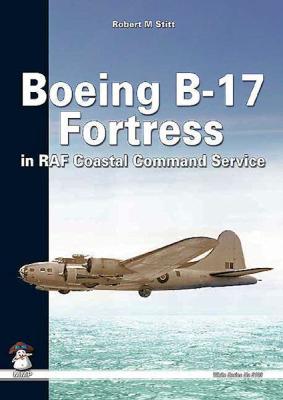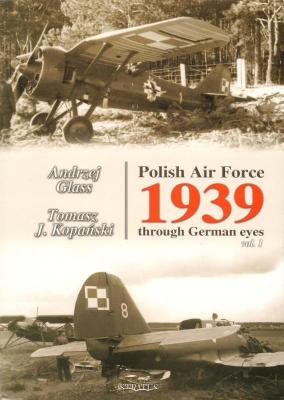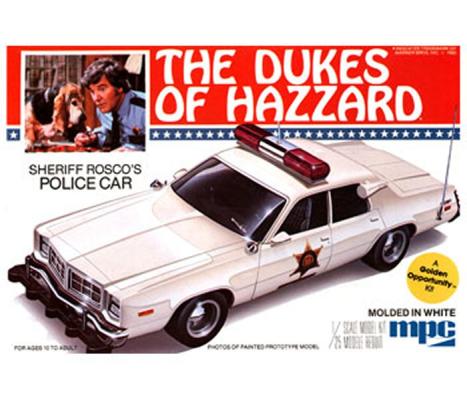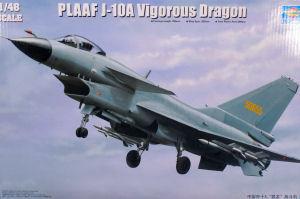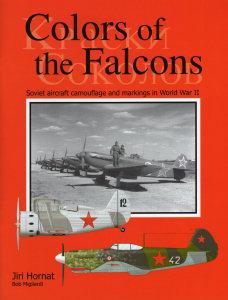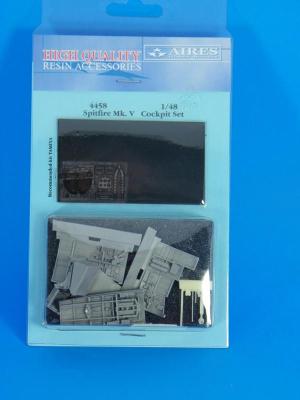When this all new release became known to the modeling world, the announcements were accompanied with a plethora of photographs of an unpainted builtup with plenty of close-ups showing the incredible detail contained here. That created a near riot in the modeling community with posts on almost every forum stating that they couldn’t wait to receive it. Well, it has arrived and it appears to be well worth the wait!
What's New
The Junkers JU-52/3m was to the Luftwaffe what the Douglas C-47 was to the American military during World War II. Stemming from Junkers’ World War I all-metal designs, the JU-52 first appeared in 1931 as a large, single engine transport, the last of which was produced during 1935. Only a few were built, but the trimotor JU-52/3m first flew in 1932, and it was an immediate success, being sold to Bolivia and Colombia as well as other European governments. Lufthansa began operating the type in 1932. Powered by a variety of engines, including a Diesel, the type quickly became a standard airliner during the middle thirties, and when the clandestine Luftwaffe was created after Hitler’s rise to power, the JU-52 was adapted as a bomber, seeing service in Germany and during the Spanish Civil War. It was World War II, however, that proved the versatility and usefulness of the type, and it was said that it was used for every military role possible except as a fighter.
At the first glance, you only will notice the reboxed plastic along with a photo-etch fret and a masking set. But when removing the plastic from the resealable bag, you’ll see all the hard work put into the kit by the Eduard crew. The level of detail is incredible and the offering is just as nice today as it was 10 –11 years ago when first released.
The only detectable blemishes to note are a few minor sink marks that are easily repaired. The first ones are four dimples located on the empennage two on top and two on bottom. The others are under the cockpit opening.
I began the straightforward construction as set forth in the instruction sheet with no difficulties, adding the photo-etch details when called for. The cockpit turned out to be a little gem of sorts and will mostly be hidden.
The latest release from Quick Boost is a complete set of resin exhaust tubes for the 1/32 scale A6M5 Tamiya kit. Once again the quality of the molding is flawless, no bubbles, or pin holes and the only flash is between pipes where there are more than one. I strongly suspect this is intentional for added strength while being shipped and handled. The resin is the light blonde color we have become accustomed to. And, of course, the ends of the pipes are hollow.
As can be seen in the photos of the packaging, each pipe is numbered and each number is referenced to the Tamiya part number that the part replaces.
If you have or anticipate getting a Tamiya 1/32 A6M5, you will want these exhausts to enhance the detail of the kit engine.
I can highly recommend this set.
Update 21 July 2011
I have just been advised by the author, Robert M Stitt, that he has prepared a 34-page additions and amendments document for this book. It is available from the Mushroom Books website; here is the link to the product page which has a download link on it: http://www.mmpbooks.biz/ksiazki/123/#765
Lots of valuable information -- the author and Mushroom are to be congratulated for this all-too-rare effort.
John Ratzenberger
This is Mushroom's 100th book, and a grand one it is!! It's 248 pages in their fairly new A-4 format and although still a soft-cover, it includes a dust jacket with ads for about 18 forth-coming books, including the much anticipated (by me) Gloster Gamecock and Grebe and another in the Gladiator series.
This softbound book contains 264 pages of high quality photos taken by German occupiers printed on high quality paper. What I did not know was that pre-war Polish security concerns prohibited photos from being taken from 1937 until the war. That is why there are, according to the authors, only around 25 photos of pre-war Polish aircraft. Then after the invasion anyone seen taking photos was suspected of spying and detained, plenty of reason that there are so few photos. The German photos became the only source of knowledge and markings from the Polish Air Force. The quality of photos is very high even though most of the aircraft are in states of disrepair.
The Kit
The kit is molded in a white styrene and also has a generous sprue of chrome parts, and rubber wheels. There is also quite an arsenal of weapons included, (M-16, Thompson sub-machine gun, M1, shotgun, pistol, and a grenade launcher). I guess Sheriff Rosco always wanted to be on a SWAT team. This kit depicts the Dodge Monaco police car and is a very good representation of that vehicle. It also includes a nice engine that could be detailed if you wanted to. One problem is that the hood of the car has no hinges to open so you will have to just lay it next to the kit to show off the engine compartment.
The Build
I don’t normally build car models but my son does, and he especially likes vehicles from different movies and TV shows. When he saw this up for review he wanted it for his collection, so I agreed that we could build it together.
This review is a little different for me, only because I have taken over this task from John Yager, the original reviewer who started the initial work, but was unable to complete the build. However, I was still able to complete enough of this model to bring to you an honest and fair review. When I received the kit, Steps 1 thru 4 were underway, but needed to be cleaned up. Only the cockpit was complete and it was a job well done. The credit for the building should be shared with John Yager due to the hard & good work he put into what he had done.
ABOUT THE AIRCRAFT
(PLAAF) J-10A VIGOROUS DRAGON
Iliad Design is a new company for us. I would like to thank them for submitting this book for review.
Many modelers are familiar with the camouflage patterns of WW II U.S., British, German, and Japanese aircraft. However, until the first publication of Colors of the Falcons in 2006, the camouflage patterns used by the Soviets were not as well known. Because of this lack of knowledge and subsequent demand for the book, it is now in its second printing.
“So many Spitfires…so little time…” or at least that’s the way seems to die-hard modeling fans of Supermarine’s legendary fighter. Of all of the kits offered in 1/48th scale, Tamiya’s varied offerings of the Mk V are among the most popular with competitive and serious modelers. Excellent accuracy, detail, and general engineering of the kit put it in an elite class of quarter-scale Spitfires.
If Tamiya’s outstanding kit weren’t enough, those folks from Aires just had to take things a step further with their recent release of a cockpit set for Tamiya’s Mk V’s. Boy, do they deliver! Eight crisply-cast chunks of resin, a fret of top-notch photoetch, and a small sheet of acetate with instrument faces and gunsight glass to raise a high bar even higher.

